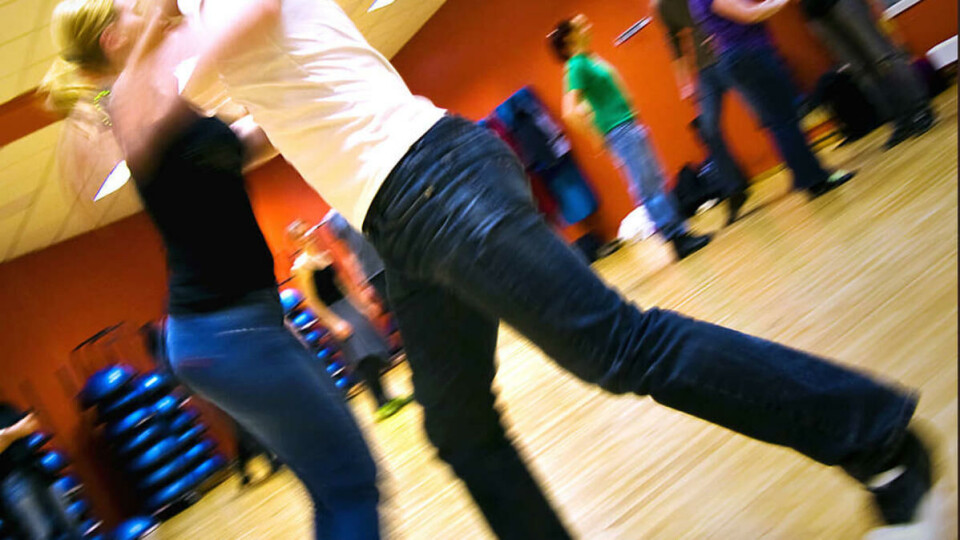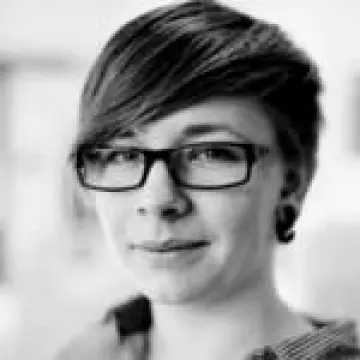
International students left out
Language barriers and insufficient adjustments have led to few international students actively participating in student societies at the University of Oslo.
For the last two years, the inclusion of international students has been a priority for the Kulturstyret, the executive body for culture politics at the University of Oslo, when they were allotting funds. However, numbers show that none of the student societies have received any integration funds.
– We give extra funds to societies if they state in their application that they wish to put measures into practice that are directed towards international students. This year, there have hardly been any student societies that have applied for financial support for such a project, says Erlend Sand Bruer, leader of Kulturstyret.
Bruer states that Kulturstyret supports societies that are for foreign students, but that one does not differentiate between ethnic and non-ethnic societies in the budget. Kulturstyret had put aside 50 000 kroner for a project that dealt with the inclusion of international students.
In connection with this case, Universitas has spoken to thirteen of the largest student societies linked to the Foundation for Student Life in Oslo (SiO). The societies all had lacked proper overviews regarding the number of members who were international students, and few actual measures in place to attract this group. Several of the societies did, however, emphasize that international students were of course very welcome.
Three of the societies had measures directed towards international students in place: the Oslo Students' Sports Club (OSI), ELSA Oslo and the Student society for mathematics and natural science students (Mat-Nat). The societies have amongst other things improved the availability of information in English. The two latter societies have also arranged social meet-ups for exchange students.
– We have international students in most groups, but especially the groups for dance and climbing and the mountain club. The outdoor meet-up in the end of September is also an event that is popular among exchange students, says Gunhild Digernes, manager of OSI.
Language barrier
All students at the Faculty of Law in Oslo are members of the European Law Students' Association (ELSA). The association’s goal is to work for cooperation between law students in Europe. Henrik Dingsør, president of ELSA Oslo, thinks that the reserve of Norwegian students is the biggest challenge.
– Many of them feel uncomfortable communicating in a language other than Norwegian for a prolonged length of time. During social events in which both Norwegian students and foreign students are present, most prefer to stick with other Norwegian students, Dingsør says, but adds that the situation has improved in recent years.
Of the thirty or so active members of ELSA, five are international students.
– Of course language can be a barrier, but one should try to create more events in which students can interact. Lots of international students would probably be interested in going to meeting places such as debates with international themes, says Marte Sendstad, executive for international affairs at the National Union of Students in Norway (NSU).
Erlend Sand Bruer from Kulturstyret thinks that the societies should consider how much they themselves could benefit from appealing to international students.
– International students often have a more limited social network and more time on their hands. For societies struggling with insufficient manpower, this should be a huge source of willing volunteers, Bruer says.
Meral Erogan is former leader of the Kurdish Student Association in Norway, and now holds a temporary position as consultant at Minorities in Focus in Academia (MIFA). She thinks that it is important that no group is left out, and that everybody feels included.
– For many, it is a challenge to settle in and find a network. It is hard to establish contact with the societies and the Norwegian majority, and one feels a greater sense of belonging among one’s own kind.
Erogan believes that this is a problem that all of society must deal with, and those who offer services must always keep this in mind.
Measures to improve integration
The Department of Student and Academic Affairs at the University of Oslo has now realized that more measures are needed in order to improve integration at the institution.
– In relation to integration, we have a long way to go before international students feel that they are part of student life. We also have a long way to go before Norwegian students feel that they are part of an international campus, says Guri Vestad, head of section at UiO’s section for internationalization.
– This is an issue that we are dealing with to a greater extent now. Previously, we treated international students as a separate group, and that was that.
The Department of Student and Academic Affairs has started up measures such as the «Language tandem» (a scheme in which a Norwegian student and an exchange student learn each other’s language) and an activity calendar designed to assist international students. Yet Vestad emphasizes that student societies and academic environments must take responsibility for the social aspects of integration.
– We are concerned with the fact that there should be sufficient adjustments made and a support structure in place that would enable students to be more included in student life, and that would make their daily lives easier. The main responsibility for integration lies not with the students, but with the university itself, says Marte Sendstad of NSU.
The president of International Students Union (ISU) Oslo, Sven Torstensen, thinks that it’s up to the university to offer the possibilities, and for the students to grab it.
– I don’t know of any student who doesn’t want to be integrated. The problem is more the lack of common arenas where Norwegian and international students can meet, he says.
ISU tries to integrate international students by arranging parties, trips and common activities where Norwegian students are included.

































